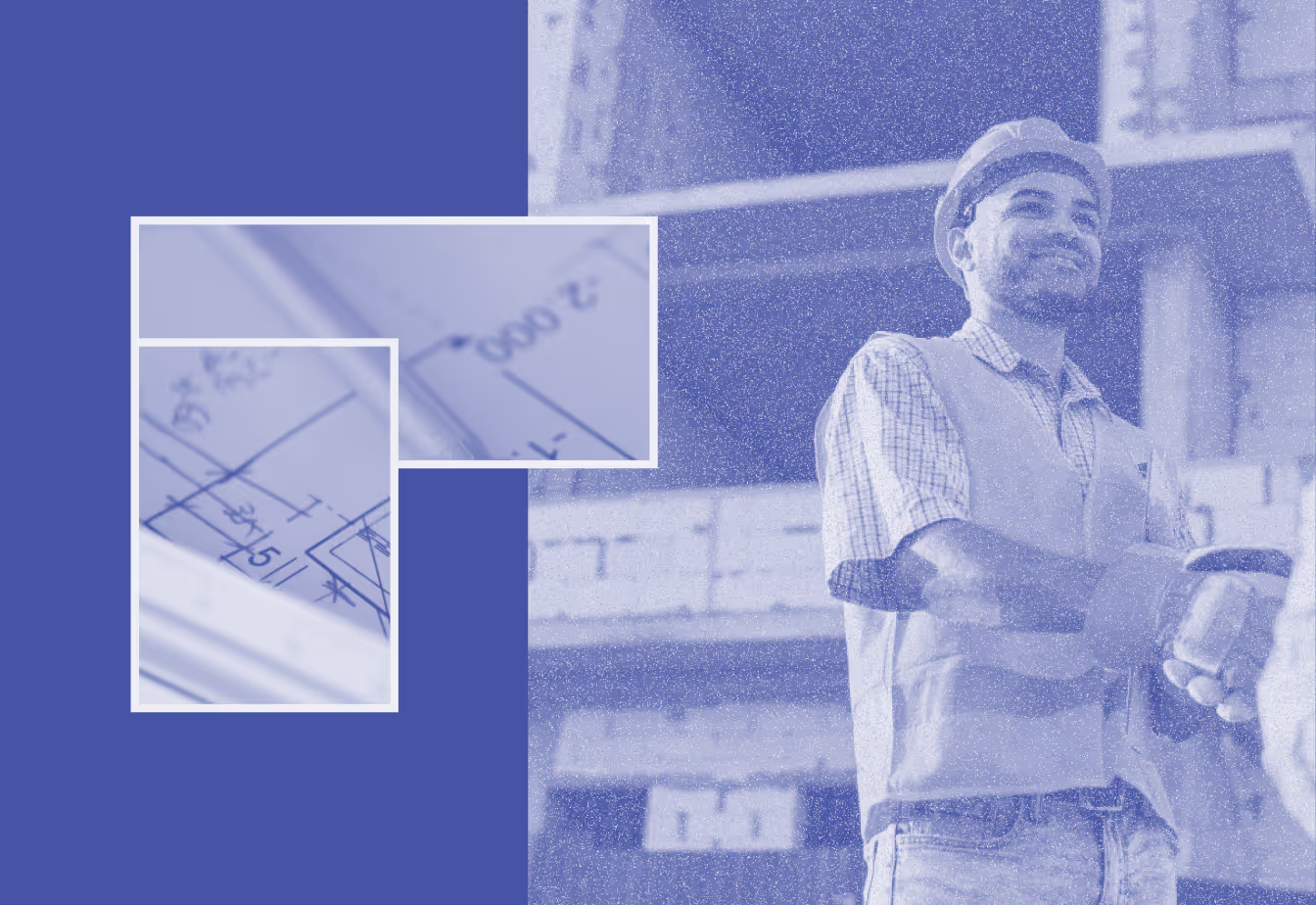How Slow Payments Impact the Entire Construction Industry

Our relationship with money has changed. As cash has become disassociated with the tangible asset in your wallet, we’ve increasingly seen money as 1s and 0s in bank accounts and not as a valuable necessity on which all businesses and individuals much transact to thrive.
Nowhere is the transaction of payments more disconnected than in the construction industry. Construction operates on an ever-escalating complexity of relationships, and a vendor may not actually know where their payment is coming from. A laborer has a contract with a subcontractor, who has a contract with a general contractor, who has a contract with a development entity—and that’s a separate entity from the developer who owns it. That entity takes out a loan from a financial institution to cover the costs of the vast majority of their contracts on the project.
The end result? The laborer who’s waiting to be paid by the subcontractor is at the bottom of a long chain of people waiting for payments. Often, these contracts involve a term called “pay-when-paid.” This means exactly what you think it does: the subcontractor isn’t required to pay the laborer’s invoice until they are paid on theirs first. As a result, the construction industry suffers from 51 days sales outstanding, the longest of any industry in the US.
The Problems Associated with Slow Payments
This has been a given in construction for decades. For the last several years, our team at Rabbet has analyzed the cost of these slow payments across the industry. The most recent data can be found in our 2024 Construction Payments Report.
The results are staggering. If you are slow at paying your bills, you:
- See higher construction costs
- Don’t get bids from the best subcontractors
- Have projects delayed due to stopped work
- Miss out on discounts for paying faster
The logic is pretty straightforward. Vendors need cash to run their business. If you are slow to provide it to them, it’s hard for them to do business with you. Even worse, it’s potentially detrimental to their livelihood—or mental health—to take on tons of liability while waiting to be paid.
The Benefits of Faster Payments
The beauty of the construction ecosystem is that everyone benefits from faster payments. If subcontractors get paid faster, they can remove financing expenses and lower the costs for the project. And while many developers and contractors are skeptical that these savings would be passed along, our survey confirms that, if provided with timely payments, contractors would offer a 14% discount on average.
So if the subcontractors get paid faster and discount their costs, the general contractor has a lower cost and so does the developer. Lower project fees also benefit the lender, who can provide the funding faster. Everybody wins.
Many in the industry believe that general contractors hold payments in order to earn interest on the cash. Our survey outright disputes this claim, with 99% of general contractors saying they see value in paying subcontractors faster.
Which brings up the question: If everyone benefits from quicker payments, why does it take so long for everyone to get paid?
The answer is complicated, but the shortest explanation is that this complicated series of contracts and relationships are managed through outdated manual workflows—like spreadsheets, PDFs, and emails—that aren’t structured to be streamlined in the 21st century. Until the industry agrees to transact on a shared platform to enable information to flow more smoothly, everyone will continue to suffer from the costs of painfully slow payment cycles.








